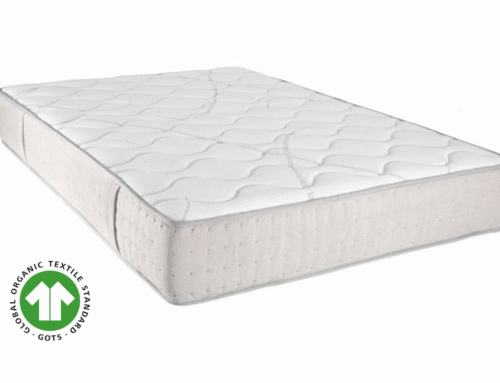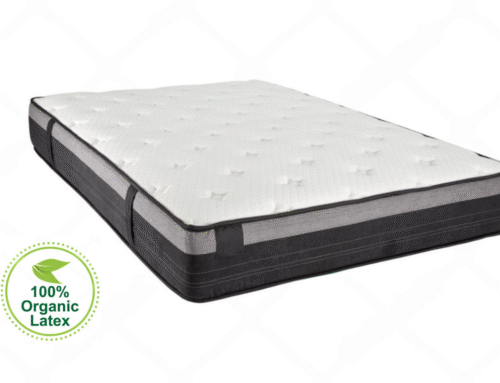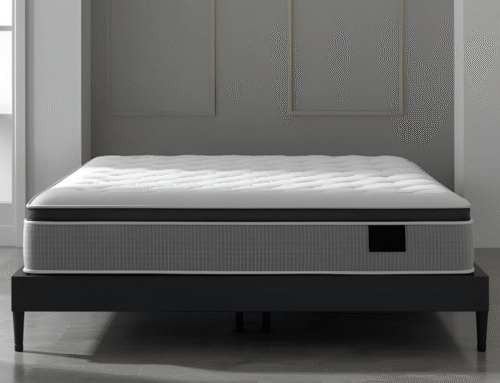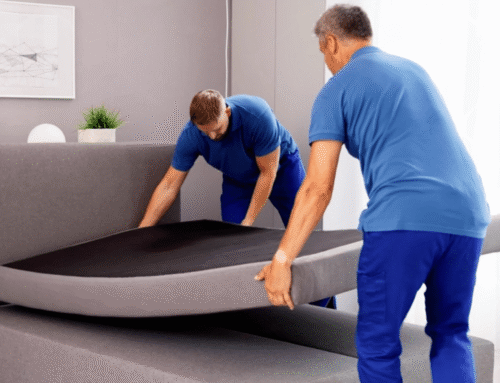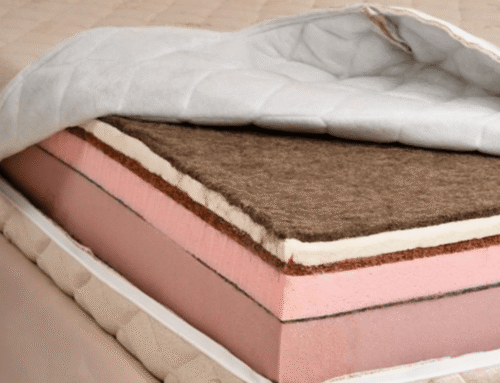Latex mattresses are popular because they feel comfortable, last a long time, and are made from natural materials. But one thing that often surprises people is how heavy they are. A full or queen latex mattress usually weighs much more than a regular foam or spring mattress, which makes moving, rotating, or setting it up harder.
The type of latex matters too. Natural latex is heavier than synthetic blends because it’s denser and stronger. Hybrid versions with coils add even more weight, depending on how many coils are used and how thick they are. Some people go for split latex beds to make handling easier. Each side is lighter to move around, but you still get the same firm support as a full mattress. Thickness also plays a role—the thicker the mattress, the heavier and harder it is to lift.
Weight differs extensively between mattress sizes and types, and knowing these variations aids in preparation for installation, relocation, or changing sleeping areas. Material content, hybrid layers, and mattress thickness all play a role in contributing to the overall weight, including the nature of a latex mattress and its composition, its feel, differences from foam and memory foam mattresses, and reasons for buying one.
Key Takeaways
- Latex mattresses are heavy because of their dense rubber content, especially all-natural and Dunlop types. This weight adds to their durability and long-term support.
- Mattress thickness and layers play a big role . Thicker, multi-layer latex beds are harder to lift but deliver better pressure relief and longer lifespan.
- Split latex mattresses are a smart choice for King or Cal King sizes since each half is easier to move and rotate on your own.
- Hybrid latex mattresses weigh less overall because they combine lighter coils with thinner latex layers. They are easier to set up while still offering comfort and support.
- Heavier doesn’t mean worse. In fact, it it usually means higher quality. A solid latex mattress usually provides excellent motion isolation, lasting support, and dependable performance.
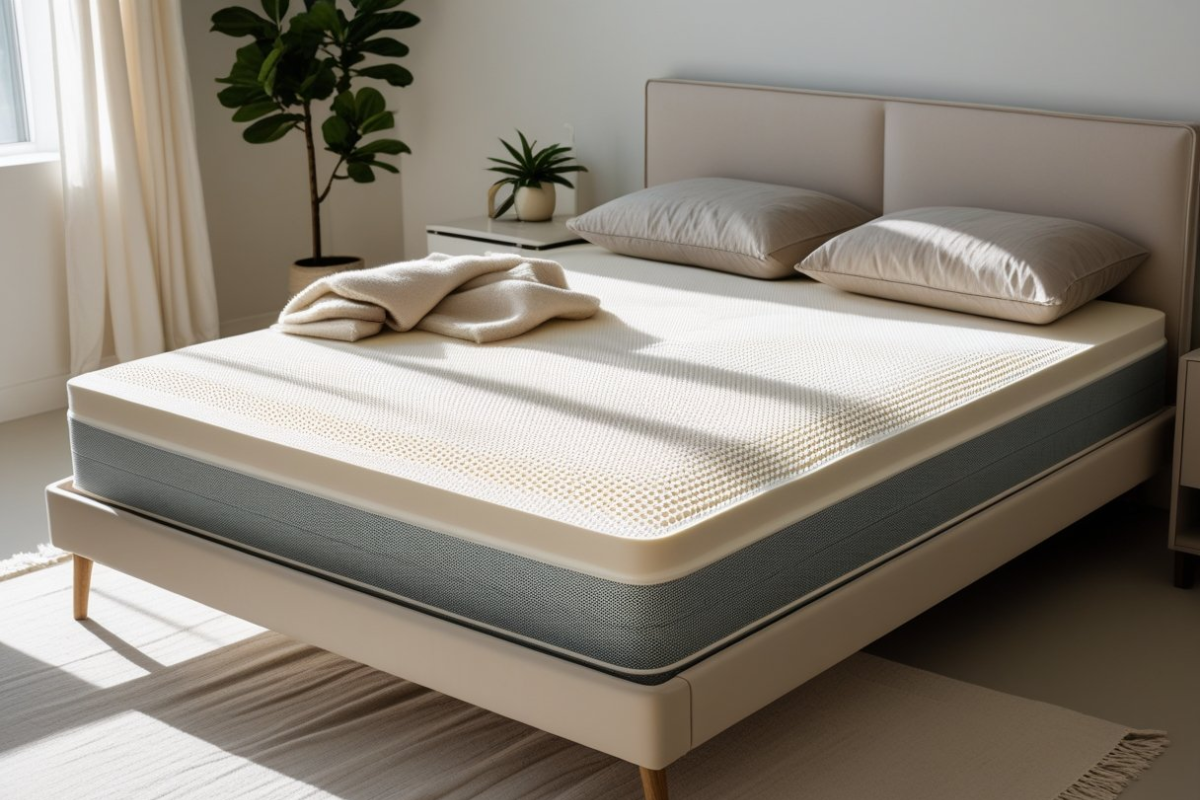
What Affects The Weight Of A Latex Mattress?
The form of the latex also has a significant role to play in how heavy a mattress is. Natural Dunlop latex is denser and heavier, whereas Talalay latex is lighter and more breathable. This alone can have a noticeable effect on how heavy a mattress is.
Layer thickness also influences the weight. Increasing layers makes them thicker, providing greater density and, therefore, greater weight overall. Mattresses with multiple latex layers tend to feel thicker and firmer than thinner builds.
Whether the mattress is a full latex or a hybrid alters the weight as well. Full latex models are heavier in their nature, while hybrids combining latex with coils or other foam are lighter in weight. Merging thick layers with a full latex construction creates a very heavy mattress, and these differences also shape the overall feel, which is why many buyers compare the difference between latex and memory foam mattress and look for ways to make a latex mattress softer to suit their comfort preference.
Average Latex Mattress Weights By Size
Latex mattress average weights can be quite heavy relative to others, particularly with increasing thickness. Twin and Twin XL mattresses remain below 75 pounds, which is easily carried by most individuals, while Full and Queen mattresses quickly approach the 100-pound mark. Density in natural latex, such as Dunlop or Talalay, is a large contributor to these figures.
King and California King latex mattresses weigh anywhere from 130 to 165 pounds, depending on the size and a number of inches of latex layers. Various manufacturers have other elements that they add, like pillow tops or covers, which also plays a role in the end weight. When selecting a mattress, both comfort and pragmatism need to be considered, particularly when moving or rotating.
These weights are approximate and not precise, as differences in latex type, layer thickness, and construction can adjust the scale. Although latex provides resilience and support, the weight can complicate handling. Having approximate weights allows for setting up and guarantees a smoother process when changing or moving the mattress.
Why Are Latex Mattresses So Heavy?
Latex is also thick and elastic by nature, providing it with extended support and endurance. Natural rubber content is higher in organic or GOLS-certified latex, making the material heavier than memory foam or manmade materials. The elasticity and firmness are derived from this natural makeup.
Thicker builds add noticeable heaviness. A multi-layered mattress, such as a 12-inch, three-layer model, will feel heavy and take effort to transfer. The density plus layered construction produces the heavy, substantial feel. This weight becomes a plus for stability and motion isolation, though it becomes more difficult to set up or move. Firm support foundations under the mattress assist with keeping it in shape, and the density extends its life. As a whole, the weight is indicative of quality and not a defect.

Are Latex Hybrid Mattresses Lighter?
Latex hybrid mattresses are lighter in feel because they combine a thinner latex layer, usually 2–3 inches, with pocketed coils or a foam base. The lower latex thickness automatically reduces the overall weight than a full-latex mattress. This type of design still provides some bounce and support without having the mattress as heavy.
An 85 to 100-pound Queen-size latex hybrid is significantly lighter than an all-latex Queen, which can weigh well over 130 pounds. The coil or foam core adds to the convenience of handling while setting it up or being relocated, without giving up comfort.
These hybrids strike a balance of support and flexibility, providing sleepers with a responsive feel without the heavy weight of all-latte. The lighter build can make rotating, flipping, or moving the mattress less burdensome, without sacrificing some of the durability and pressure relief latex is famous for.
Can One Person Lift A Latex Mattress?
A Twin or Twin XL latex mattress is usually manageable by one adult, especially hybrid models that have both foam and latex. The smaller size and minor extra weight make it easier to move without assistance. Bigger mattresses, such as Queen, King, or Cal King, are considerably heavier, and lifting them single-handedly can be cumbersome. The extra weight along with the flexibility of the mattress makes movement tricky during relocations.
Although latex is easily flexible, it flops unexpectedly, which contributes to the difficulty. Placing it on a bed frame or taking it up the stairs most always needs two individuals so they do not strain or damage it.
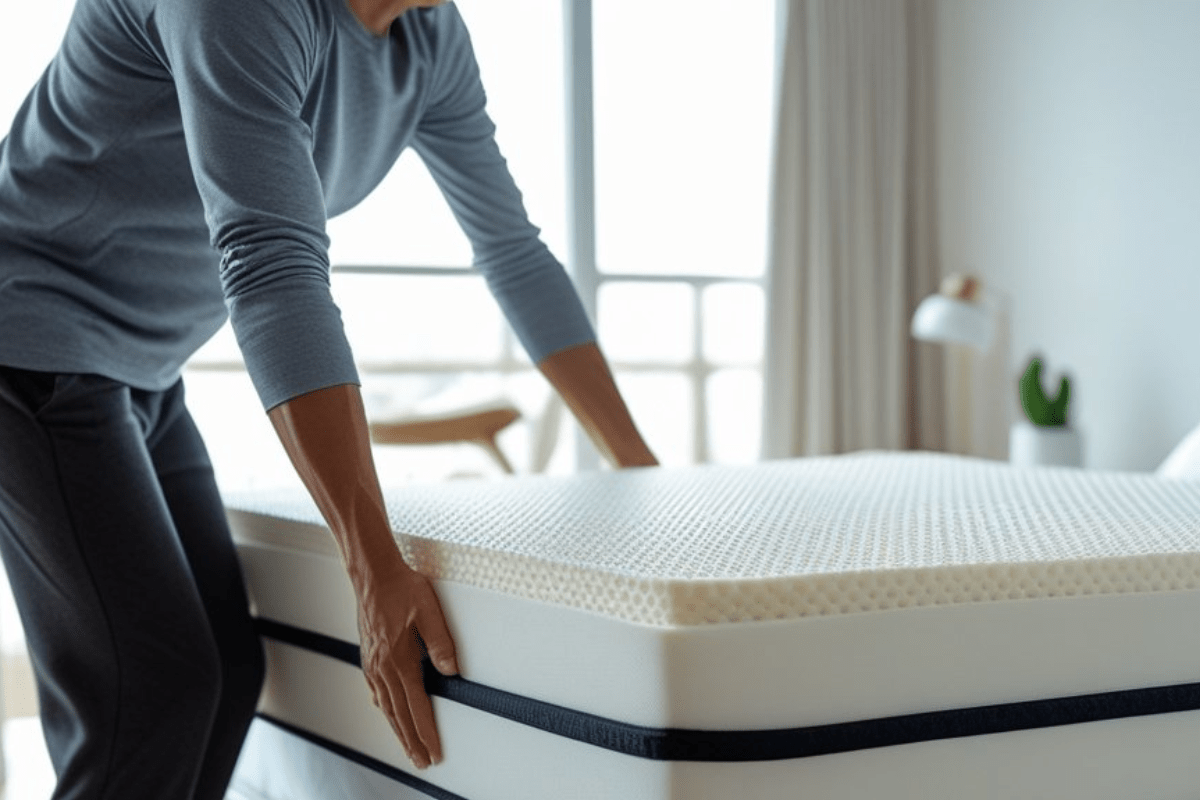
Talalay Vs Dunlop: Which One Weighs More?
Talalay latex is lighter in feel and lets in more air for a cooler sleeping surface. Dunlop latex is heavier and denser, providing a firm feel and high support. Dunlop typically weighs about 90–100 lbs for a 6-inch Queen core, while Talalay will be nearer to 80–90 lbs.
The difference in density influences not just weight, but also pressure response. Dunlop is dense and retains its shape well, so it is often used in base layers. Talalay is softer and more buoyant, so it is suitable for comfort layers that gently cushion the body.
Environmental use and effect also vary. Dunlop is more sustainable through less processing, whereas Talalay experiences added steps that introduce lightness and elasticity. Both complement one another in hybrid structures, achieving support and loft without overwhelming the sleeper.
Split Latex Mattresses: A Smart Weight-Saving Option
Split latex mattresses provide an easy option for big beds such as King or Cal King size. Breaking down the mattress into two halves greatly lessens the weight, which is advantageous when setting up and adjusting rooms. This also simplifies the hassle of rotating or even moving the mattress. The halves give flexibility without sacrificing comfort. Each half can react separately to body pressure, offering uniform support throughout the bed. It also permits couples to customize firmness preference on their own side without bothering the other.
Durability and breathability are still predominant advantages of latex mattresses, even in split versions. Natural materials retain their resilience over time and ensure temperature control. Generally, split latex beds make handling easier without compromising on the comfort and support that full latex construction guarantees.
How To Move A Latex Mattress Safely
Transferring a latex mattress involves a careful process to prevent damage. Handles, if present, give a firm grip, and folding the mattress must be done with caution as twisting too vigorously can cause the material to rip. Supporting the mattress at several points minimizes strain on any one point.
Sliding the mattress onto a rug or blanket prevents excessive strain on the arms and back and protects the surface. To separate thicker mattresses, unzipping the cover to separate layers makes them easier to handle and less likely to be bent too sharply.
Getting help is important, particularly with big sizes. Synchronizing movements with someone maintains the mattress stable and avoids back injuries. Planning each step carefully and taking one’s time ensures that the mattress will remain in good shape during the move, while attention to store a latex mattress, clean it, cut, and get rid of its smell keeps it well maintained afterward.
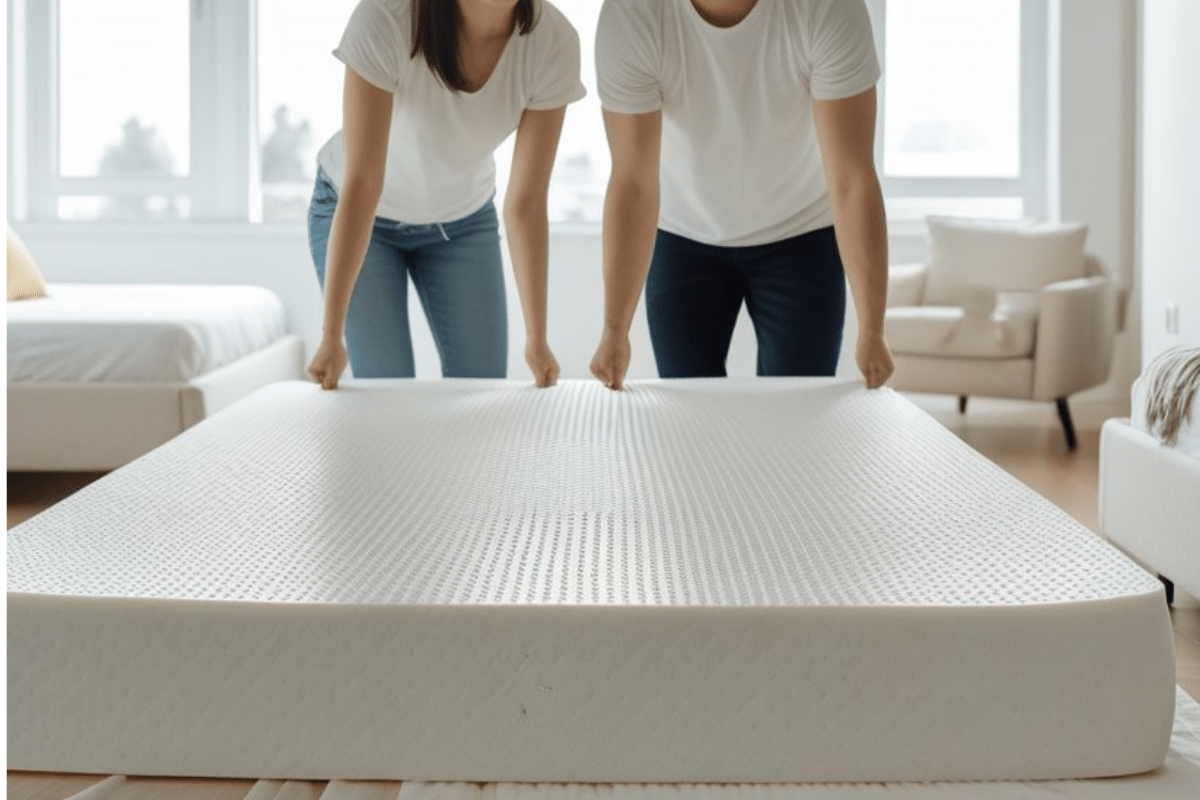
Does Weight Impact Mattress Performance?
Thicker latex mattresses indicate greater latex composition, which can mean better resilience and support. The density has a firm feel that most sleepers prefer, supporting proper alignment in the long run. The firmness also discourages sagging in load-bearing areas.
Weight can indicate durability, as heavier mattresses last years without breaking down considerably. Proper maintenance extends their lives, enabling them to be comfortable and supportive for 15 to 20 years. The quality of construction in the heavier models often makes the additional effort to move or rotate them worthwhile. A heavier mattress can feel more stable, providing a sense of firmness to the body and restricting motion transfer. This stability is a benefit to couples and light sleepers, keeping them disturbed less during the night. Generally, the extra weight comes with increased comfort and reliability for longer periods.
Final Thoughts
Lifestyle is a large factor when it comes to choosing a mattress. People who shift a lot or set it up themselves would favor a split or latex hybrid, as it’s more manageable. A complete natural latex mattress has firmer support and a longer lifespan, although it typically takes additional hands during installation.
Verifying the mattress weight prior to buying can prevent frustration later. Some companies list this information on their product websites, and others will offer it if asked. Having the precise weight aids in planning for transportation and handling.
Consider how daily use affects comfort and convenience. Heavier mattresses often offer better durability and support, yet lighter options simplify adjustments and room rearrangements. Balancing these factors ensures the mattress fits both the body and the home environment.

